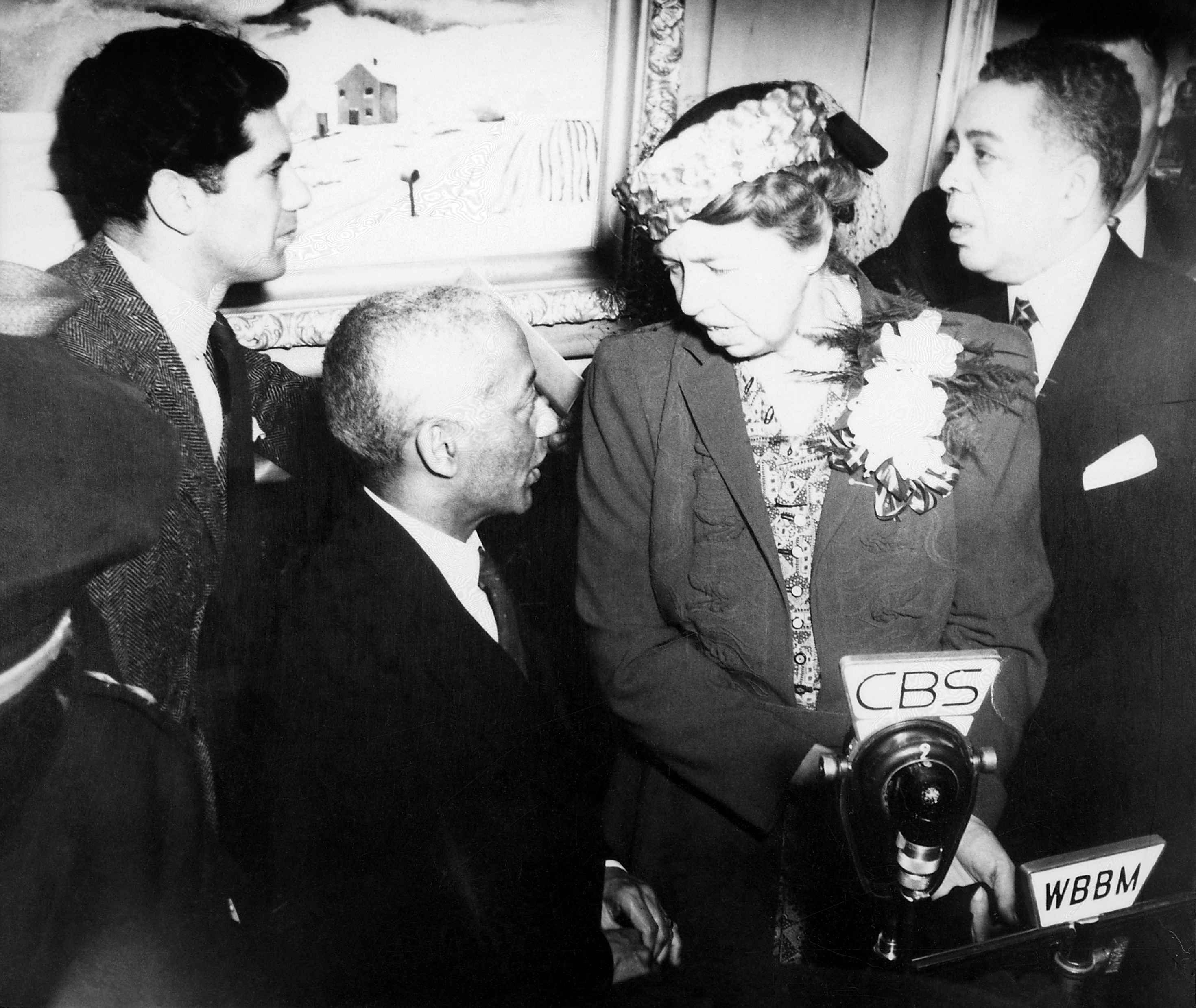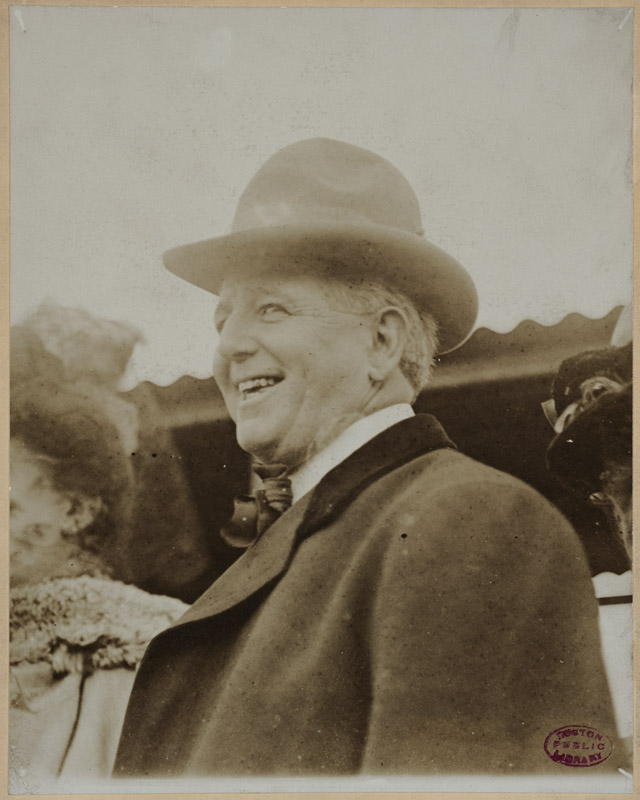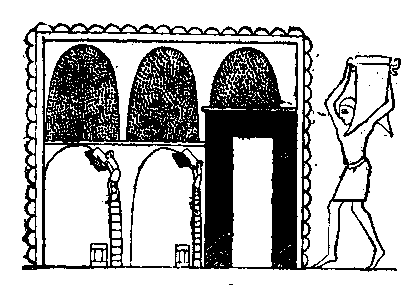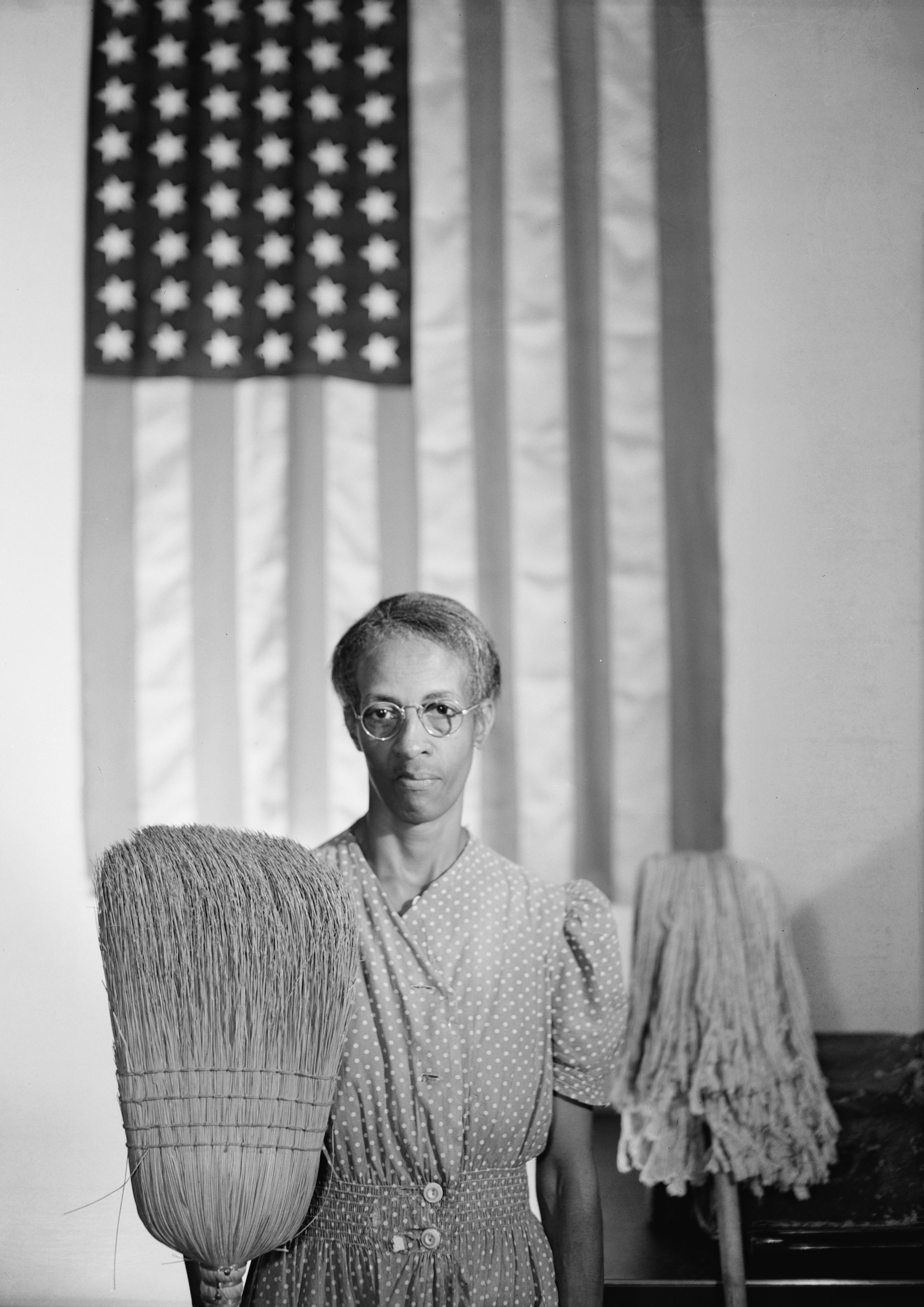|
South Side Community Art Center
The South Side Community Art Center is a community art center in Chicago that opened in 1940 with support from the Works Progress Administration's Federal Art Project in Illinois. Opened in Bronzeville in an 1893 mansion, it became the first black art museum in the United States and has been an important center for the development Chicago's African American artists. Of more than 100 community art centers established by the WPA, this is the only one that remains open. The center was awarded Chicago Landmark status in 1994. Named a "National Treasure" by the National Trust for Historic Preservation in 2017, it was listed on the National Register of Historic Places in 2018. History Efforts to open a community art center on Chicago's South Side began in 1938. Peter Pollack, a Federal Art Project official, contacted Metz Lochard, an editor at the Chicago Defender, about having the Art Project sponsor exhibitions of African American artists, who often had trouble securing space to d ... [...More Info...] [...Related Items...] OR: [Wikipedia] [Google] [Baidu] |
Chicago
(''City in a Garden''); I Will , image_map = , map_caption = Interactive Map of Chicago , coordinates = , coordinates_footnotes = , subdivision_type = Country , subdivision_name = United States , subdivision_type1 = State , subdivision_type2 = Counties , subdivision_name1 = Illinois , subdivision_name2 = Cook and DuPage , established_title = Settled , established_date = , established_title2 = Incorporated (city) , established_date2 = , founder = Jean Baptiste Point du Sable , government_type = Mayor–council , governing_body = Chicago City Council , leader_title = Mayor , leader_name = Lori Lightfoot ( D) , leader_title1 = City Clerk , leader_name1 = Anna Valencia ( D) , unit_pref = Imperial , area_footnotes = , area_tot ... [...More Info...] [...Related Items...] OR: [Wikipedia] [Google] [Baidu] |
Archibald Motley
Archibald John Motley, Jr. (October 7, 1891 – January 16, 1981), was an American visual artist. He studied painting at the School of the Art Institute of Chicago during the 1910s, graduating in 1918. Motley is most famous for his colorful chronicling of the African-American experience in Chicago during the 1920s and 1930s, and is considered one of the major contributors to the Harlem Renaissance, or the New Negro Movement, a time in which African-American art reached new heights not just in New York but across America—its local expression is referred to as the Chicago Black Renaissance. The New Negro Movement marked a period of renewed, flourishing black psyche. There was a newfound appreciation of black artistic and aesthetic culture. Consequently, many black artists felt a moral obligation to create works that would perpetuate a positive representation of black people. During this time, Alain Locke coined the idea of the "New Negro", which was focused on creating progressive ... [...More Info...] [...Related Items...] OR: [Wikipedia] [Google] [Baidu] |
New Bauhaus
Institute of Design (ID) at the Illinois Institute of Technology (Illinois Tech), founded as the New Bauhaus, is a graduate school teaching systemic, human-centered design. History The Institute of Design at Illinois Tech is a school of design founded in 1937 in Chicago by László Moholy-Nagy, a Bauhaus teacher (1923–1928). After a spell in London, Bauhaus master Moholy-Nagy, at the invitation of Chicago's Association of Art and Industry, moved to Chicago in 1937 to start a new design school, which he named the New Bauhaus. The philosophy of the school was basically unchanged from that of the original, and its first headquarters was the Prairie Avenue mansion that architect Richard Morris Hunt, designed for department store magnate Marshall Field. Due to financial problems the school briefly closed in 1938. However, Walter Paepcke, Chairman of the Container Corporation of America and an early champion of industrial design in America, soon offered his personal support, and i ... [...More Info...] [...Related Items...] OR: [Wikipedia] [Google] [Baidu] |
George Washington University
, mottoeng = "God is Our Trust" , established = , type = Private federally chartered research university , academic_affiliations = , endowment = $2.8 billion (2022) , president = Mark S. Wrighton , provost = Christopher Bracey , students = 27,159 (2016) , undergrad = 11,244 (2016) , postgrad = 15,486 (2016) , other = 429 (2016) , faculty = 2,663 , city = Washington, D.C. , country = U.S. , campus = Urban, , former_names = Columbian College (1821–1873)Columbian University (1873–1904) , sports_nickname = Colonials , mascot = George , colors = Buff & blue , sporting_affiliations = NCAA Division I – A-10 , website = , free_label = Newspaper , ... [...More Info...] [...Related Items...] OR: [Wikipedia] [Google] [Baidu] |
Eleanor Roosevelt
Anna Eleanor Roosevelt () (October 11, 1884November 7, 1962) was an American political figure, diplomat, and activist. She was the first lady of the United States from 1933 to 1945, during her husband President Franklin D. Roosevelt's four terms in office, making her the longest-serving first lady of the United States. Roosevelt served as United States Delegate to the United Nations General Assembly from 1945 to 1952, and in 1948 she was given a standing ovation by the assembly upon their adoption of the Universal Declaration. President Harry S. Truman later called her the "First Lady of the World" in tribute to her human rights achievements. Roosevelt was a member of the prominent American Roosevelt and Livingston families and a niece of President Theodore Roosevelt. She had an unhappy childhood, having suffered the deaths of both parents and one of her brothers at a young age. At 15, she attended Allenswood Boarding Academy in London and was deeply influenced by its hea ... [...More Info...] [...Related Items...] OR: [Wikipedia] [Google] [Baidu] |
Charles Comiskey
Charles Albert Comiskey (August 15, 1859 – October 26, 1931), nicknamed "Commy" or "The Old Roman", was an American Major League Baseball player, manager and team owner. He was a key person in the formation of the American League, and was also founding owner of the Chicago White Sox. Comiskey Park, the White Sox's storied baseball stadium, was built under his guidance and named for him. Comiskey's reputation was permanently tarnished by his team's involvement in the Black Sox Scandal, although he was inducted as an executive into the Baseball Hall of Fame in 1939. Early life Comiskey was born on August 15, 1859, in Chicago, the son of Illinois politician John Comiskey. He attended public and parochial schools in Chicago, including St. Ignatius Preparatory School, and, later, St. Mary's College (in St. Mary's, Kansas). He played baseball at St. Mary's, and played for several professional teams in Chicago while apprenticed to a plumber and working at construction jobs includ ... [...More Info...] [...Related Items...] OR: [Wikipedia] [Google] [Baidu] |
Brownstone
Brownstone is a brown Triassic–Jurassic sandstone that was historically a popular building material. The term is also used in the United States and Canada to refer to a townhouse clad in this or any other aesthetically similar material. Types Apostle Island brownstone In the 19th century, Basswood Island, Wisconsin was the site of a quarry run by the Bass Island Brownstone Company which operated from 1868 into the 1890s. The brownstone from this and other quarries in the Apostle Islands was in great demand, with brownstone from Basswood Island being used in the construction of the first Milwaukee County Courthouse in the 1860s. Hummelstown brownstone Hummelstown brownstone is extremely popular along the East Coast of the United States, with numerous government buildings throughout West Virginia, Pennsylvania, New York, Maryland, and Delaware being faced entirely with the stone, which comes from the Hummelstown Quarry in Hummelstown, Pennsylvania, a small town outside of Har ... [...More Info...] [...Related Items...] OR: [Wikipedia] [Google] [Baidu] |
Grain Trade
The grain trade refers to the local and international trade in cereals and other food grains such as wheat, barley, maize, and rice. Grain is an important trade item because it is easily stored and transported with limited spoilage, unlike other agricultural products. Healthy grain supply and trade is important to many societies, providing a caloric base for most food systems as well as important role in animal feed for animal agriculture. The grain trade is as old as agricultural settlement, identified in many of the early cultures that adopted sedentary farming. Major societal changes have been directly connected to the grain trade, such as the fall of the Roman Empire. From the early modern period onward, grain trade has been an important part of colonial expansion and international power dynamics. The geopolitical dominance of countries like Australia, the United States, Canada and the Soviet Union during the 20th century was connected with their status as grain surplus c ... [...More Info...] [...Related Items...] OR: [Wikipedia] [Google] [Baidu] |
Georgian Revival
Georgian architecture is the name given in most English-speaking countries to the set of architectural styles current between 1714 and 1830. It is named after the first four British monarchs of the House of Hanover—George I, George II, George III, and George IV—who reigned in continuous succession from August 1714 to June 1830. The so-called great Georgian cities of the British Isles were Edinburgh, Bath, pre-independence Dublin, and London, and to a lesser extent York and Bristol. The style was revived in the late 19th century in the United States as Colonial Revival architecture and in the early 20th century in Great Britain as Neo-Georgian architecture; in both it is also called Georgian Revival architecture. In the United States the term "Georgian" is generally used to describe all buildings from the period, regardless of style; in Britain it is generally restricted to buildings that are "architectural in intention", and have stylistic characteristics that are typical o ... [...More Info...] [...Related Items...] OR: [Wikipedia] [Google] [Baidu] |
Margaret Burroughs
Margaret Taylor-Burroughs (November 1, 1915 – November 21, 2010), also known as Margaret Taylor Goss, Margaret Taylor Goss Burroughs or Margaret T G Burroughs, was an American visual artist, writer, poet, educator, and arts organizer. She co-founded the Ebony Museum of Chicago, now the DuSable Museum of African American History. An active member of the African-American community, she also helped to establish the South Side Community Art Center, whose opening on May 1, 1941 was dedicated by the first lady of the United States Eleanor Roosevelt. There, at the age of 23, Burroughs served as the youngest member of its board of directors. A long-time educator, she spent most of her career at DuSable High School. Taylor-Burroughs was a prolific writer, with her efforts directed toward the exploration of the Black experience and toward children, especially to their appreciation of their cultural identity and to their introduction and growing awareness of art. She is also credited with ... [...More Info...] [...Related Items...] OR: [Wikipedia] [Google] [Baidu] |
Richard Hunt (sculptor)
Richard Howard Hunt (born September 12, 1935) is a sculptor. In the second half of the 20th century, he became "the foremost African-American abstract sculptor and artist of public sculpture." Hunt, the descendant of enslaved people brought through the port of Savannah from West Africa, studied at the School of the Art Institute of Chicago in the 1950s, and while there received multiple prizes for his work. He was the first African American sculptor to have a retrospective at Museum of Modern Art in 1971. Hunt has created over 160 public sculpture commissions in prominent locations in 24 states across the United States, more than any other sculptor. With a career that spans seven decades, Hunt has held over 150 solo exhibitions and is represented in more than 100 public museums across the world. Hunt has served on the Smithsonian Institution's National Board of Directors. Hunt's abstract, modern and contemporary sculpture work is notable for its presence in exhibitions and public ... [...More Info...] [...Related Items...] OR: [Wikipedia] [Google] [Baidu] |
Gordon Parks
Gordon Roger Alexander Buchanan Parks (November 30, 1912 – March 7, 2006) was an American photographer, composer, author, poet, and film director, who became prominent in U.S. documentary photojournalism in the 1940s through 1970s—particularly in issues of civil rights, poverty and African Americans—and in glamour photography. He is best remembered for his iconic photos of poor Americans during the 1940s (taken for a federal government project), for his photographic essays for ''Life'' magazine, and as the director of the films '' Shaft, Shaft's Big Score'' and the semiautobiographical ''The Learning Tree''. Parks was the first African American to produce and direct major motion pictures—developing films relating the experience of slaves and struggling black Americans, and creating the " blaxploitation" genre. Early life Parks was born in Fort Scott, Kansas, the son of Andrew Jackson Parks and Sarah Ross, on November 30, 1912. He was the youngest of 15 children. His ... [...More Info...] [...Related Items...] OR: [Wikipedia] [Google] [Baidu] |









